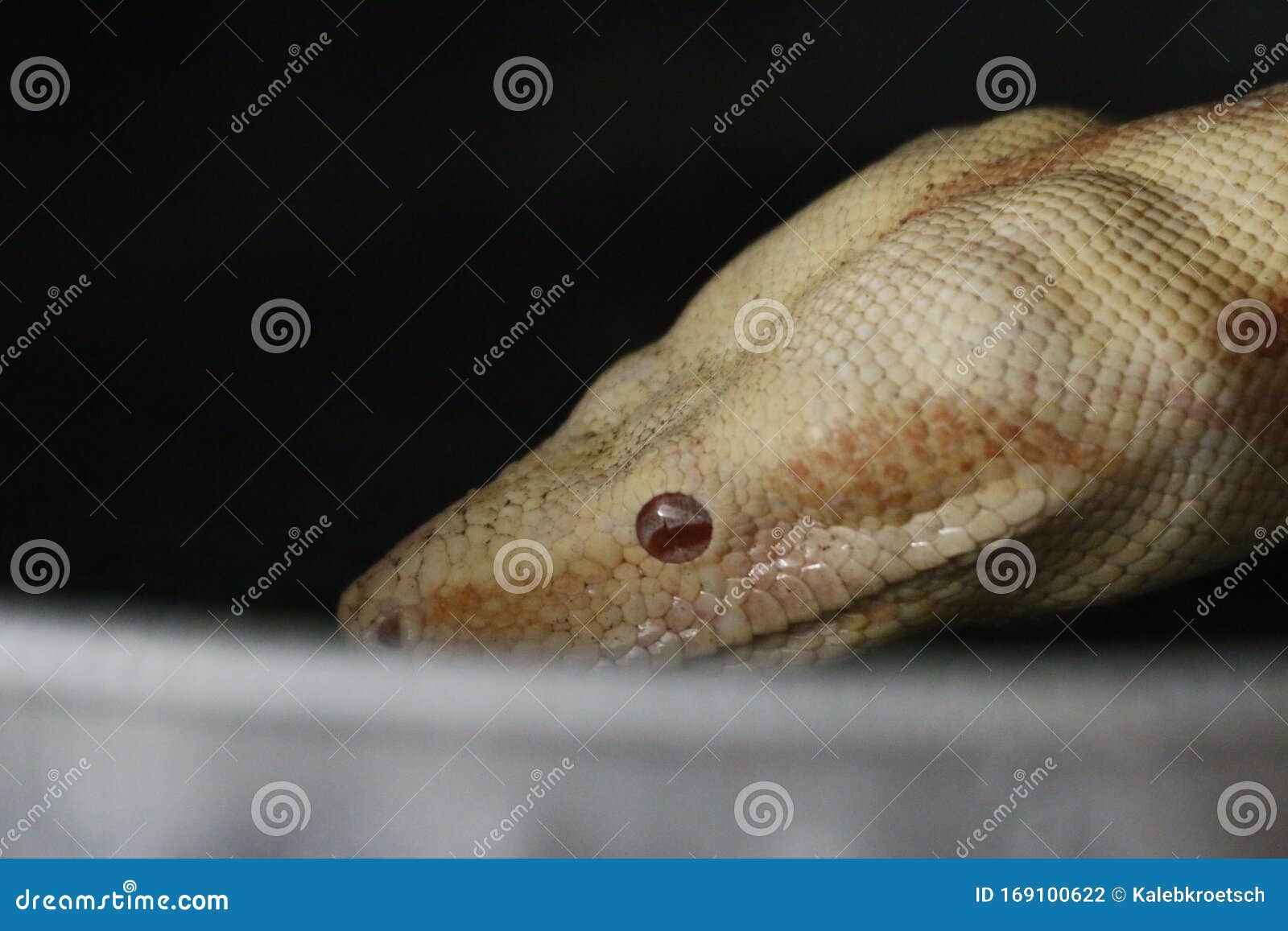
/boa-200068915-002-resized-56a2bd075f9b58b7d0cdf989.jpg)
“Like all snakes, they must shed their skin in order to grow,” said Heyborne. Sometimes they hide in the burrows of medium-sized mammals. Because of their large size, they tend to move in a straight line instead of slithering back and forth like smaller snakes, according to the San Diego Zoo. Though they are good swimmers, they prefer to be on dry land or in trees. These snakes, especially young ones, are semi-arboreal, said Heyborne. They are mostly nocturnal, though they will sometimes come out during the day to sun themselves in cooler temperatures. Behaviorīoa constrictors are typically solitary, said Heyborne.

They are often found near streams or rivers, according to the ADW. They can also be found in dry tropical deserts and semi-deserts, woodlands, scrub and agricultural areas. When they do reside in rainforests, they tend to stick to the edges or clearings. Though stories often depict boa constrictors living in jungles, their habitats are actually much more diverse. Previously, scientists thought that all members of the family Boidae were New World snakes, but certain boa species have been discovered in remote areas such as Mauritius and New Guinea, according to the San Diego Zoo. They are also found on islands in the Caribbean and off the Pacific coast. They are found throughout the Americas, ranging from northern Mexico through Central America and into Peru on the west side of the Andes and south to Argentina on the east side.

Boa constrictors are New World snakes, meaning they live exclusively in the Western hemisphere, according to the ADW.


 0 kommentar(er)
0 kommentar(er)
